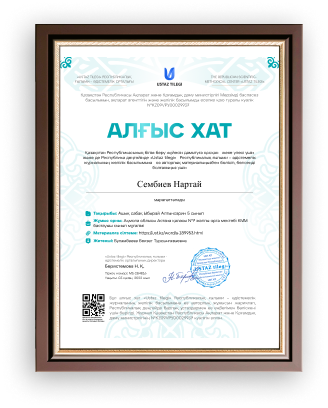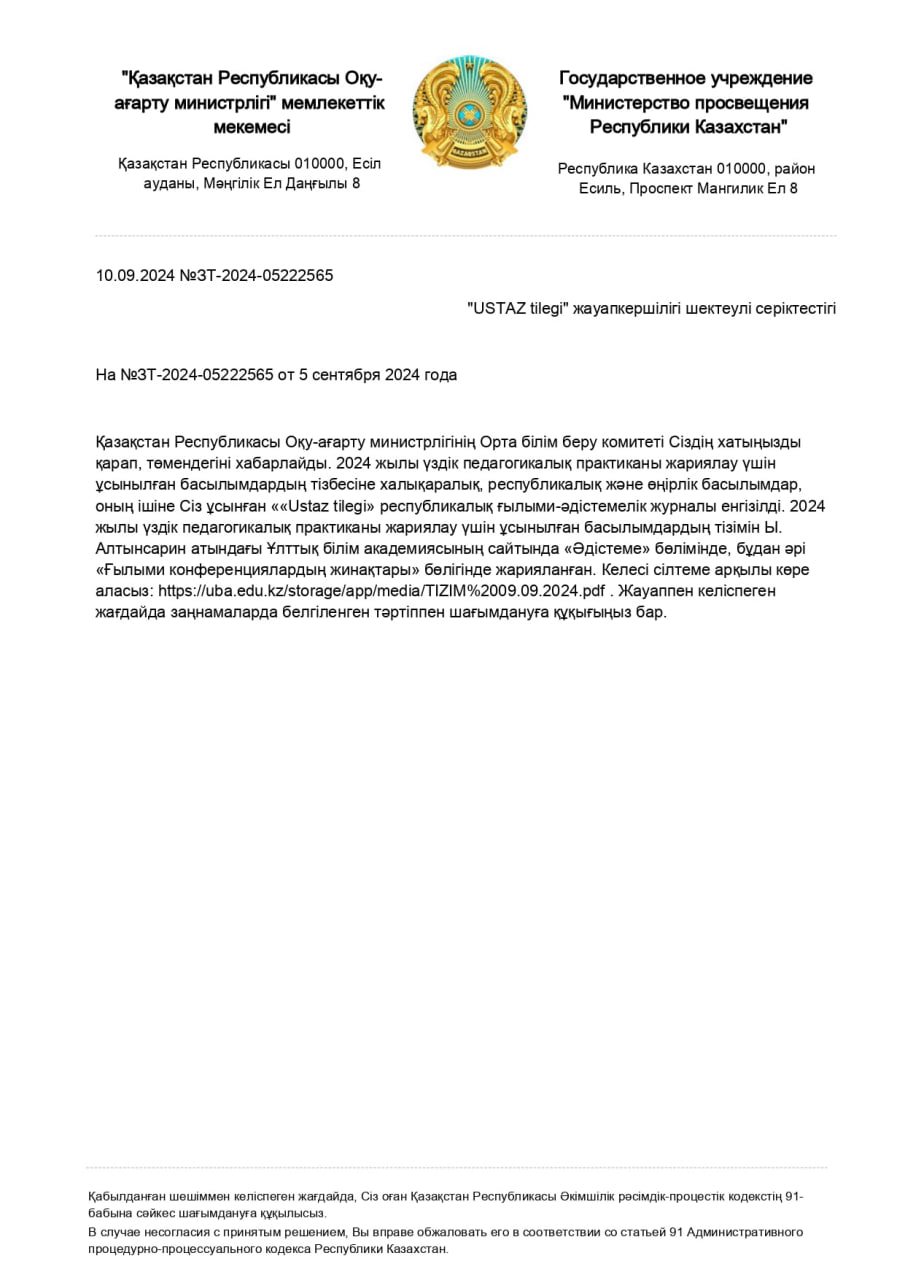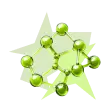|
Task II. (P)“Wall
reading” activity Scanning
(this task was created
for location according to reading literacy)
Teacher hangs the
paragraphs on the wall around the classroom and asks learners to
read and match headings
a-f with paragraphs
1-5,
Teacher asks learners to
assess each other’s task. T shows the keys on the
slide
1____________________
Today people all over the world travel
by transport and train.. It
is usually a fast and comfortable way to travel, but two hundred years ago there weren’t any railways. There were only coaches and horses and they weren’t very comfortable. No trains
meant horse-drawn vehicles also had to
carry heavy loads. This
was difficult for the horses and very slow. In 1804,
the British Government ordered railway tracks to be laid in South Wales to carry coal and minerals from the
mines. The tracks helped the
horses pull the coal
more quickly.
2___________________Matthew Murray built the first steam
locomotive train that worked for more than a few months. He called
it the Salamanca and it ran on the Middleton Railway in the north
of England. This also carried coal, but it was not very successful.
It only worked for six years. In 1818 the engine
exploded.
3______________________ Two years later George Stephenson
also designed an engine to take loads of coal from mines. His was
the Blucher. Before this trains ran on wooden tracks but this
engine was too heavy for them so Stephenson helped design metal
tracks
4
_________ Stephenson designed a 40-km
railway track between coal mines in the
Stockton and Darlington area. He also
started a company to produce engines. It opened in
1827 and the engines reached a speed of 30
km per hour. For the opening ceremony,
Stephenson’s company produced a
passenger car
to
go
on
the
back of
the
engine. He called it ‘The
experiment’. This was the first time passengers travelled by
train.
5
____________
Early steam engines were heavy, so
they used a lot of power going up hills.
When Stephenson designed the
Liverpool to
Manchester Railway, he
decided to make the route trains travelled on as flat as possible. This meant a
lot of engineering work making tunnels and
cuttings through hills. There was a competition
to find a designer
for the engines on this railway. The winning train had
to be able to travel 97 km without a problem. Stephenson entered, won the
competition and became one of the most famous engineers in the world
The text adopted by Yunussova
A
Title of
paragraphs:
A. All the way to Manchester
B. Faster and faster
C. The first passenger train
D. Horse drawn trains
E. George Stephenson’s first train
Differentiation: less able student
supported by helpers and by fictional if
necessary.
|



















